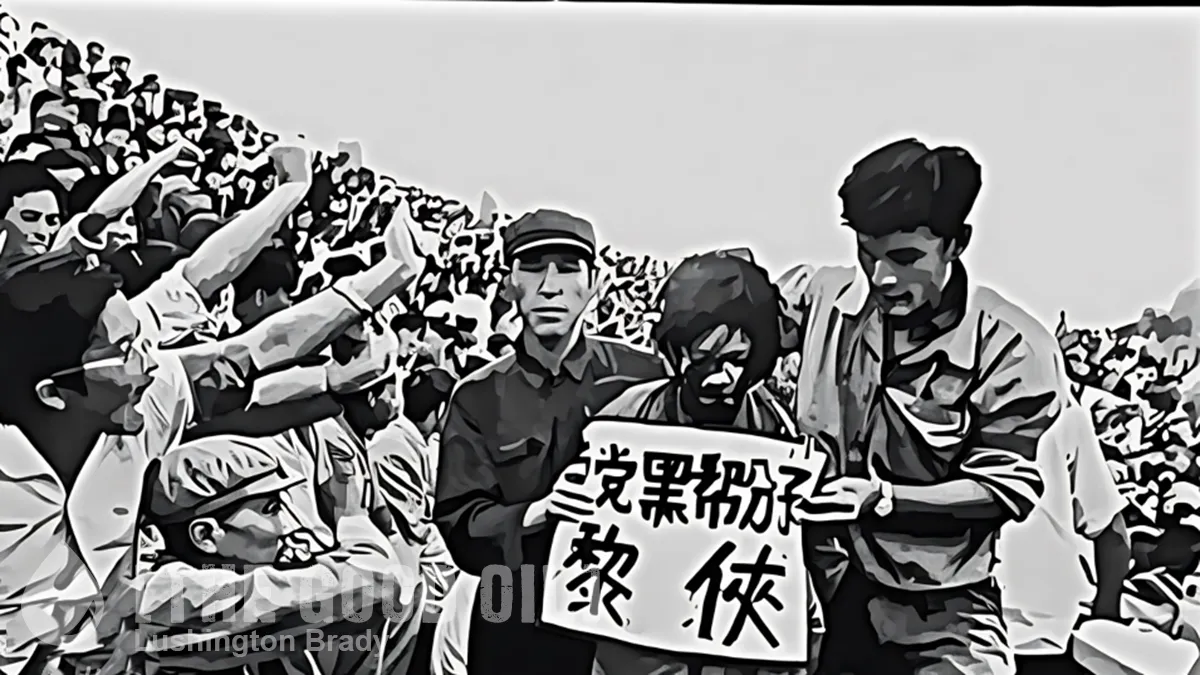Some of the most riveting passages in William L Shirer’s classic history, The Rise and Fall of the Third Reich, are his eye-witness accounts of key events. One of the most extraordinary is his on-the-scene account of the Anschluss as it played out on the streets of Vienna, where authorities at every level collaborated with and enabled the extremist violence.
I had emerged from the subway at the Karlsplatz to find myself engulfed in a shouting, hysterical Nazi mob which was sweeping toward the inner City… The police, whom only a few hours before I had seen disperse a small Nazi group without any trouble, were standing by, grinning.
Yet the German propaganda press reported the diametric opposite of the truth: There were incredible stories… describing Red disorders – fighting, shooting, pillaging – in the main streets of Vienna.
Does any of this feel just a teensy bit uncomfortably familiar to many New Zealanders? At the risk of running afoul of Godwin’s Law, the appalling mob violence in Auckland last March was a small, mean, analogue of the mob violence in Vienna, 85 years ago.
Right down to the lying propaganda press and, allegedly, police and political complicity in the mob violence.
Independent media site, NZ Media Watch has published some extraordinary, yet not particularly surprising, allegations on Twitter.
On March 25th the @nzgreens organised a demonstration to storm a #LetWomenSpeak event in Auckland’s Albert Park.
@nzpolice liaised regularly with one of the agitators, Shaneel Lal. Police personnel were pulled back to the outskirts of the park, affording demonstrators the opportunity to breach safety barriers and seriously assault women and the elderly.
NZ Media Watch claims documentary evidence of the allegations, which they were unable to provide at time of writing. Their Twitter thread included many photos of Greens party MPs participating in the violent protest, and (apparently at other events) appearing alongside the men who would prove to be the worst agitators, or who have since been arrested for assaulting women, at Auckland.

Which, while it doesn’t constitute substantial evidence that “nzgreens organised” the demonstration, at the very least begs the question of why the Greens seem to be so intimately involved with open misogynist extremists and male perpetrators of violence against women.
As we also see in the video below, there were no police manning the barriers supposed to keep competing protest groups apart. Vocal and threatening protesters, many of whom were carrying signs advocating violence, were given full reign to dismantle barriers, with no visible police presence and no intervention by police to prevent the by-then inevitable violent confrontations. This alone appears to be a failure of international police guidelines which recommend a Display of forceful presence, which can include police lines combined with motorcycles, law enforcement vehicles, and mobile field forces.
Indeed, according to the International Association of Police Chiefs crowd management model policy, the primary objectives of a police incident commander of a demonstration or civil disturbance should be:
a. Protect persons, regardless of their participation in the disturbance.
b. Disperse disorderly or threatening crowds in order to eliminate the immediate risks of continued escalation and further violence.
c. Arrest law violators, including those responsible for property damage, and remove or isolate persons inciting violent behavior.
IACP
Police in Auckland on March 25 appear to have failed all three primary objectives.
According to eyewitnesses, police not only openly failed to maintain a “display of forceful presence”, but allegedly also outright refused to “protect persons, regardless of their participation”.
Jonathan Ayling, the Chief Executive of Free Speech Union New Zealand, was quoted as saying: “I was standing next to one of the Police in charge of those on the ground there and a woman came up to him, as the mob had surrounded the Rotunda, and said ‘They are being crushed in there, you have to do something.’ And the Policeman said: ‘If Posie Parker feels unsafe, she needs to leave. This is a Public space. We can’t do anything.’
“The police … were standing by, grinning”
— William L Shirer, “The Rise and Fall of the Third Reich”
Finally, there is: “Arrest law violators, including those responsible for property damage, and remove or isolate persons inciting violent behavior.” Another egregious failure. The model policy recommends that “acts of violence will be dealt with swiftly and decisively. The IC may also opt to de-escalate violence by targeting and arresting specific individuals who are engaged in violence or inciting violence.”
That didn’t happen. At least, not swiftly. Rather, police acted with glacial slowness, only making arrests apparently under sufferance and long after the fact.
No arrests were made that day. Subsequently police seemed reluctant to pursue offenders, telling a victim on April 10th:
Police are aware of the screenshots and videos however unless a name is provided we cannot confirm who the person in the image is.
I have a couple witness statements I am following up with, however I don’t believe the witnesses know who assaulted [victim].
While there is plenty of evidence to support that [victim] was assaulted unless the witnesses know the name of the person who assaulted her, the offender’s identity will unfortunately remain unknown.
In fact, police gave every appearance of doing their level-best to protect the criminally violent.
On April 11th Auckland restaurateur Leo Molloy viewed our footage of the assault. As a concerned citizen he posted a bounty of $500 for the offender to be identified.
Molloy’s bounty, international media coverage and public outrage motivated police. A senior officer phoned on April 12th, pleading with Molloy to withdraw the bounty. Inspector [redacted] claimed the bounty would “complicate police investigations”. Molloy agreed to do so.
The following day, April 13th, a suspect was arrested 350 kilometres away in Gisborne.
Even so, despite prima facie video evidence of an offence falling under Section 194 of New Zealand’s Crimes Act, “Assault on a child, or by a male on a female”, police chose to downgrade the charge to a Section 196 “Common Assault”. This has real and beneficial consequences for the alleged perpetrator: not only is the maximum sentence for Common Assault half that of a Section 194 “assault by a male on a female”, not to mention the allowance of a “Diversion”, which allows much softer punishment and no recording of an offence.
Lo and behold:
This afternoon we spoke with the advocate of the 71 year-old lady violently assaulted in Albert Park.
On May 22nd the victim was advised by @nzpolice: “I am emailing to let you know that diversion has NOT been approved by the diversion officer due to the serious nature of the offence.”
Yesterday – June 12th – the accused was scheduled to appear in Auckland District Court. At the last possible moment police advised the victim:
“The defendant has been granted diversion and the hearing has been adjourned to allow him to complete his diversion. I have been advised as part of his diversion he will be asked to pay [the victim] $1,000, do counselling, complete community work, and to write an apology letter.”
The victim has opposed diversion throughout the process and feels thoroughly let down by NZ Police, the Ministry of Justice, and Victim Support. She considers diversion to be an outright miscarriage of justice, that a conviction and the naming of her assailant ought to be the absolute minimum outcome.
NZ Media Watch
Yeah, don’t hold your breath, lady. This is “Aotearoa”, where the men in dresses are in charge and violent woman-bashers get off with a slap on wrist.
And the police stand by, grinning.
Just how high up the complicity goes, though, is yet to be established.









